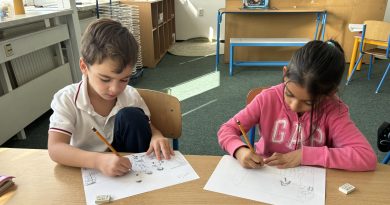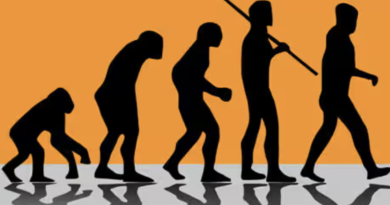The Round Table – social equality in the classroom

The history of the Round Table is well documented. It speaks of the great King Arthur and the congregations he had with his knights around a table, which, as its name suggests, was round. This implied that there was no leader, each person sitting around this table had equal status and was treated as such. King Arthur’s court managed to bring peace throughout Britain, preventing quarrels and wars.
Year 3 students are far from being warring factions in ancient Britain, however social necessities that were present in the past still hold true today. Students like to be treated as equals, and they enjoy the opportunity to discuss day to day issues where their input is really taken into consideration. This is the reason I start every morning off with a morning meeting, an agenda that is prepared by me but is visible on the board so students can make comments, ask questions, and if they feel the need, add points for discussion. Meeting agenda points range widely, from the seemingly banal (I say seemingly because this point brought forth much discussion): Rain: indoor recess, to more important: Saturday family tennis event. In either case, students are better prepared for their future moments and can make informed decisions and more importantly, feel that they are a part of the decision-making process.

As we congregate in a circular fashion, everyone can see into each others’ eyes and see people’s reactions, and everyone can talk and express their ideas under the same rules. I find that students in my classroom lose their inhibitions but also become more attuned and respectful of the opinions of others in general. For some this may come easy in any setting, but for others meeting in a circular fashion (even though no actual round table is present) is a great opportunity to develop these aforementioned skills that are important in any stage of life.
In the pictures below you will be able to see Year 3 students show off their work sitting in a circular fashion. Some of these students are quiet shy and decline to present their work in front of others. However, talking in a circle quickly lets go of their inhibitions and before they know it they are talking about their work, making eye contact with their audience and recognizing facial and body reactions to their presentation.








